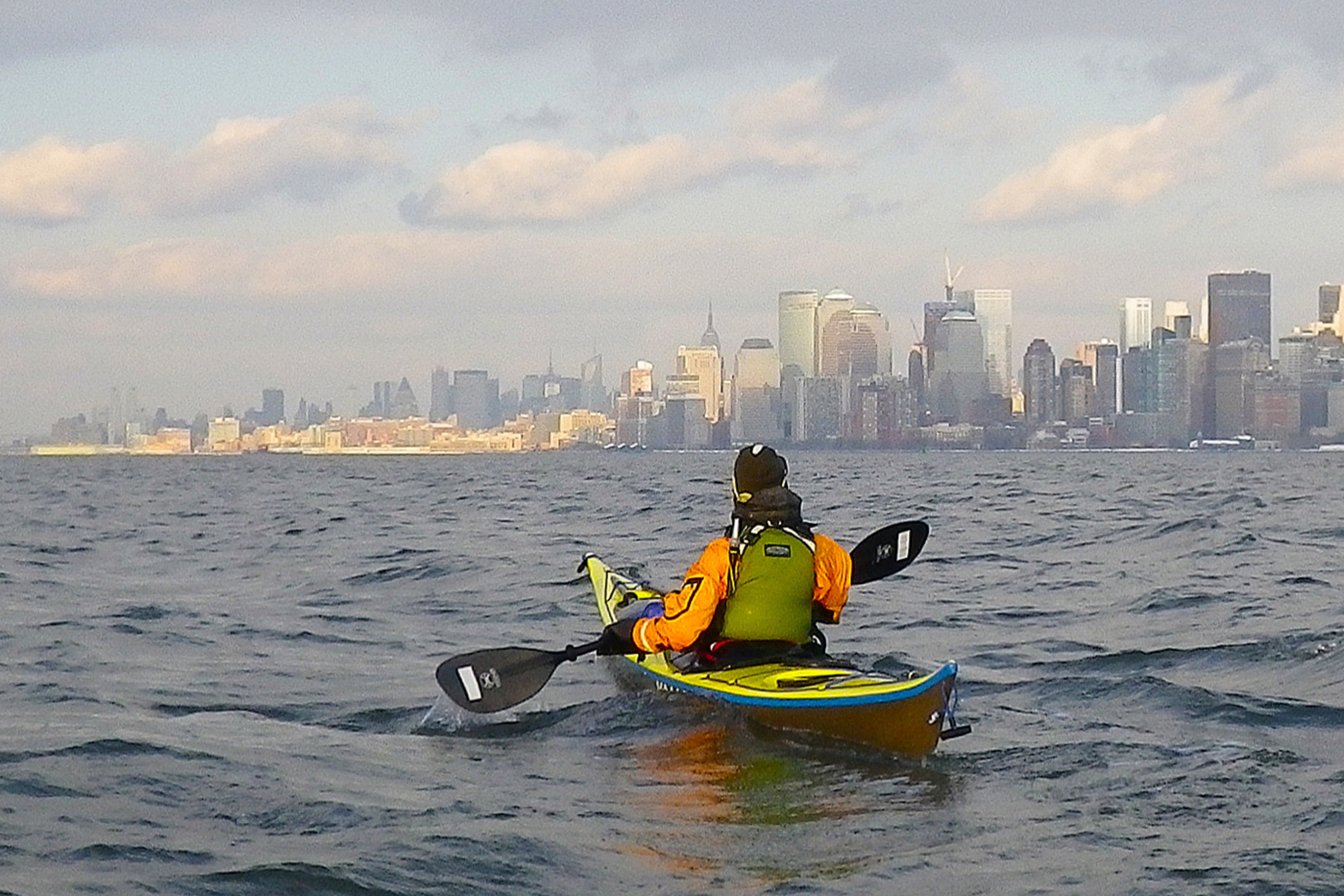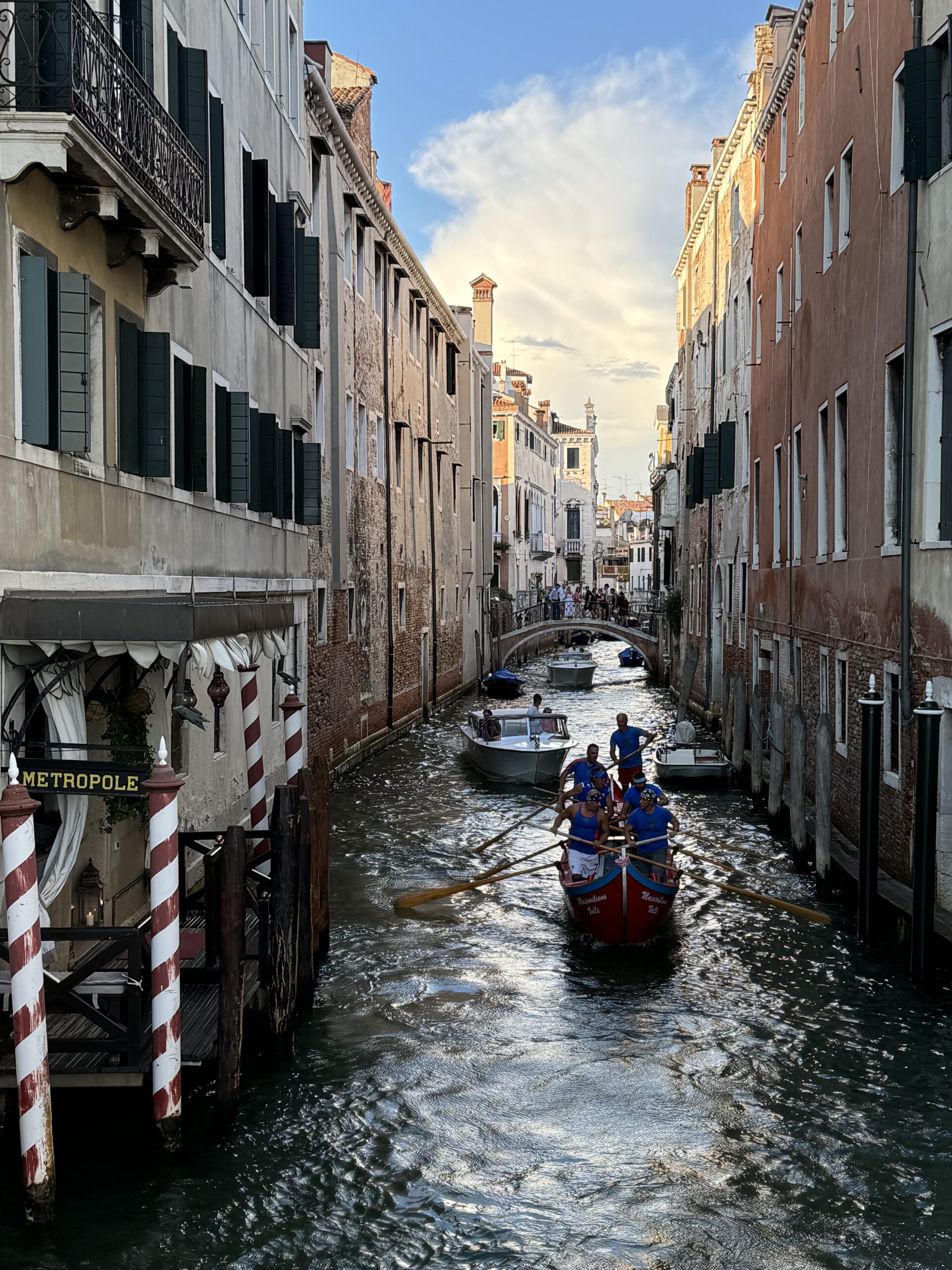
The Watery Essence of Venetian Renaissance Art
Venice, the floating city of canals and bridges, offers an unparalleled opportunity to immerse yourself in the works of the great Venetian Renaissance painters. Venice’s unique light and watery environment have profoundly influenced its Renaissance painters, creating a distinctive artistic legacy that captures the city’s ethereal beauty and maritime essence. The works of Tintoretto, Veronese, Tiepolo, and Bellini all demonstrate a masterful handling of light that is quintessentially Venetian. This luminosity stems from the city’s geographical location, surrounded by water that acts as a natural reflector, amplifying and diffusing light in ways not seen elsewhere.

Here’s a day-by-day itinerary to explore the masterpieces of Titian, Tintoretto, Veronese, and Bellini across museums, galleries, palazzos, and churches:
DAY 1: GALLERIE DELL’ACCADEMIA
Begin your artistic journey at the Gallerie dell’Accademia, home to an extensive collection of Venetian art. Here you’ll find seminal works by all four masters:
- Titian’s “Pietà” and “Presentation of the Virgin”
- Tintoretto’s “Miracle of the Slave”
- Veronese’s “Feast in the House of Levi”
- Giovanni Bellini’s “Madonna and Child” series
The museum’s vast collection spans from 1300 to 1800, providing context for the development of Venetian painting.

DAY 2: DOGE’S PALACE
Explore the opulent Doge’s Palace, where art and power intersected in the Venetian Republic. John Ruskin called it ‘the central building of the world’. Notable works include:
- Tintoretto’s massive “Paradise” in the Great Council Chamber
- Veronese’s mythological ceiling paintings
- Titian’s “St. Christopher” fresco in the Scala d’Oro
The palace’s grand rooms showcase how these artists contributed to Venice’s political imagery.
DAY 3: SCUOLA GRANDE DI SAN ROCCO
Dedicate this day to Tintoretto’s tour de force at the Scuola Grande di San Rocco. Often called “Tintoretto’s Sistine Chapel,” the building houses over 60 of his paintings, including the breathtaking “Crucifixion” in the Sala dell’Albergo.


DAY 4: CHURCH-HOPPING IN CANNAREGIO AND SAN POLO
Visit several churches to see masterpieces in their original settings:
- Madonna dell’Orto: Tintoretto’s “Presentation of the Virgin” and “Last Judgment”.
- Santa Maria Gloriosa dei Frari: Titian’s “Assumption” altarpiece and Bellini’s “Madonna and Child with Saints”
- San Giacomo dall’Orio: Veronese’s “St. Sebastian” altarpiece




Day 5: Ca’ Rezzonico and Ca’ d’Oro
Explore two stunning palazzos:
- Ca’ Rezzonico The Baroque palace residence of the Pope, Robert Browning and later Cole Porter houses Tintoretto’s “Allegory of Fortune” and four magnificent ceilings by Tiepolo along with works by other Venetian artists
- Ca’ d’Oro or Golden House is one of Venice’s oldest palaces. The Gothic Pallazo features a small but exquisite collection, including “Venere allo Specchio” by Titian.



Day 6: Basilica di San Marco, and Museo Correr
Visit the iconic St. Mark’s Basilica to see its Byzantine-influenced golden mosaics, some based on designs by Titian and Tintoretto. Afterwards, go across the Square to explore the Museo Correr featuring the art and history of Venice.
- Tintoretto Paintings, located in the sacristy of the Basilica, are a series depicting scenes from the life of Christ, using dramatic lighting and perspective to create a sense of depth and movement.
- Titian conceived of and oversaw the creation of the Old Testament prophet mosaics that adorn the vault of the dome.
- Giovanni Bellini played a crucial role in the Italian Renaissance by integrating Northern European aesthetics into his work. Correr Museum houses paintings by Bellini, including the “Transfiguration” and the “Crucifixion of San Salvador,” described as “the pinnacle of Venetian Renaissance art”
- “Saint Justina and the Treasurers” by Tintoretto at Correr. The artist worked quickly, earning him the nickname “Il Furioso.”

Day 7: Treasures and Hidden Gems
Use your final day to seek out lesser-known treasures and explore hidden gems:
- Fondazione Querini Stampalia: Houses Giovanni Bellini’s exquisite ‘Presentation at the Temple’ and works by Giandomenico Tiepolo, offering an intimate setting to appreciate these Venetian masters alongside the foundation’s eclectic collection of Baroque and Rococo paintings.
- Church of San Sebastiano: Veronese’s extensive fresco cycle.
- Basilica di San Giovanni e Paolo, the Gothic basilica is the funeral church of the doges of Venice offers many treasures including paintings by Giovanni Bellini and Veronese.
- Santa Maria Assunta detta I Gesuiti is a Baroque jewel that contains “Martyrdom of St. Lawrence” by Titian and an “Assumption of the Virgin” by Tintoretto.
This itinerary offers a comprehensive exploration of Venice’s artistic heritage, allowing you to trace the development and influence of Titian, Tintoretto, Veronese, and Bellini throughout the city. Be aware that some churches often deviate from their published opening schedules.


Reflection and Illumination
Consider how the art reflects Venice’s unique light, golden facades and watery environment. Venetian painters were particularly adept at depicting the play of light on water, a ubiquitous element in their daily lives. Their canvases often feature a shimmering quality that mimics the dappled reflections seen on the city’s canals.
The misty, humid air of the lagoon creates a soft, diffused light that Venetian artists captured brilliantly. This atmospheric effect is evident in the subtle gradations of color and tone in their paintings, lending a dreamy quality to distant objects and landscapes. Venice’s position as a maritime trading hub exposed its artists to a wealth of exotic pigments, resulting in a color palette that was uniquely vibrant and varied. The intense blues, greens, and turquoises reminiscent of the Adriatic Sea feature prominently in Venetian paintings. These colors are often juxtaposed with warm oranges and pinks that evoke the city’s famous sunsets reflecting off the water.
The city’s distinctive architecture, with its Byzantine and Gothic influences, provided a rich visual vocabulary for Renaissance painters. The intricate details of Venetian palazzi, with their marble-clad exteriors and elaborate windows, are often faithfully reproduced in paintings, showcasing how light interacts with these complex surfaces. Artists like Canaletto later perfected the depiction of architecture reflected in the canals, a uniquely Venetian phenomenon that earlier Renaissance painters had begun to explore.
The omnipresence of water in Venetian life naturally influenced the subject matter of its art. Water-related mythological themes, such as the story of Venus rising from the sea, took on special significance in Venetian art, often serving as allegories for the city itself. By capturing the interplay of light, water, and architecture unique to their environment, Venetian Renaissance painters created a body of work that not only reflects their immediate surroundings but also transcends time, continuing to evoke the magical essence of Venice for viewers today.
post a comment cancel reply
You must be logged in to post a comment.



